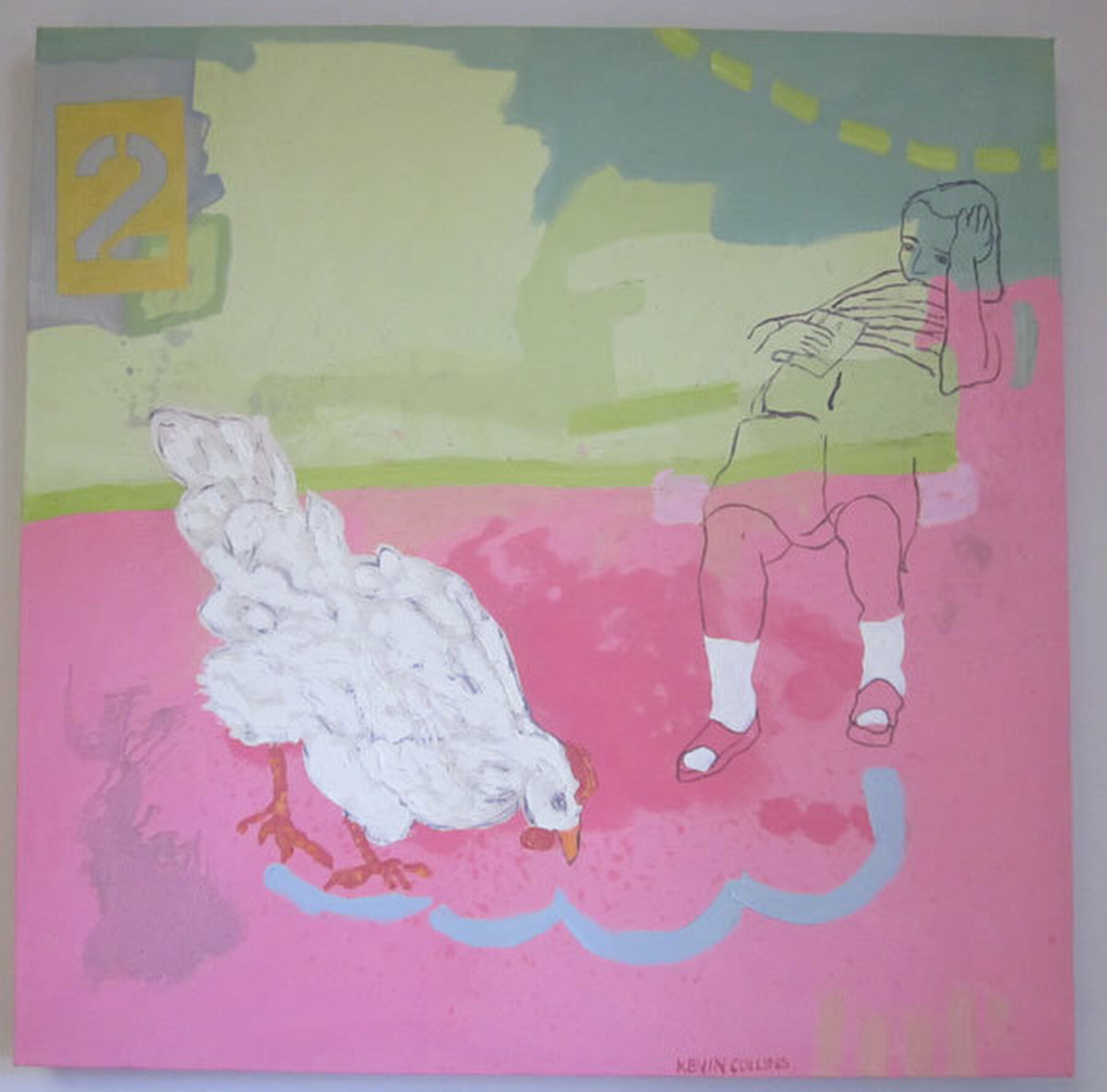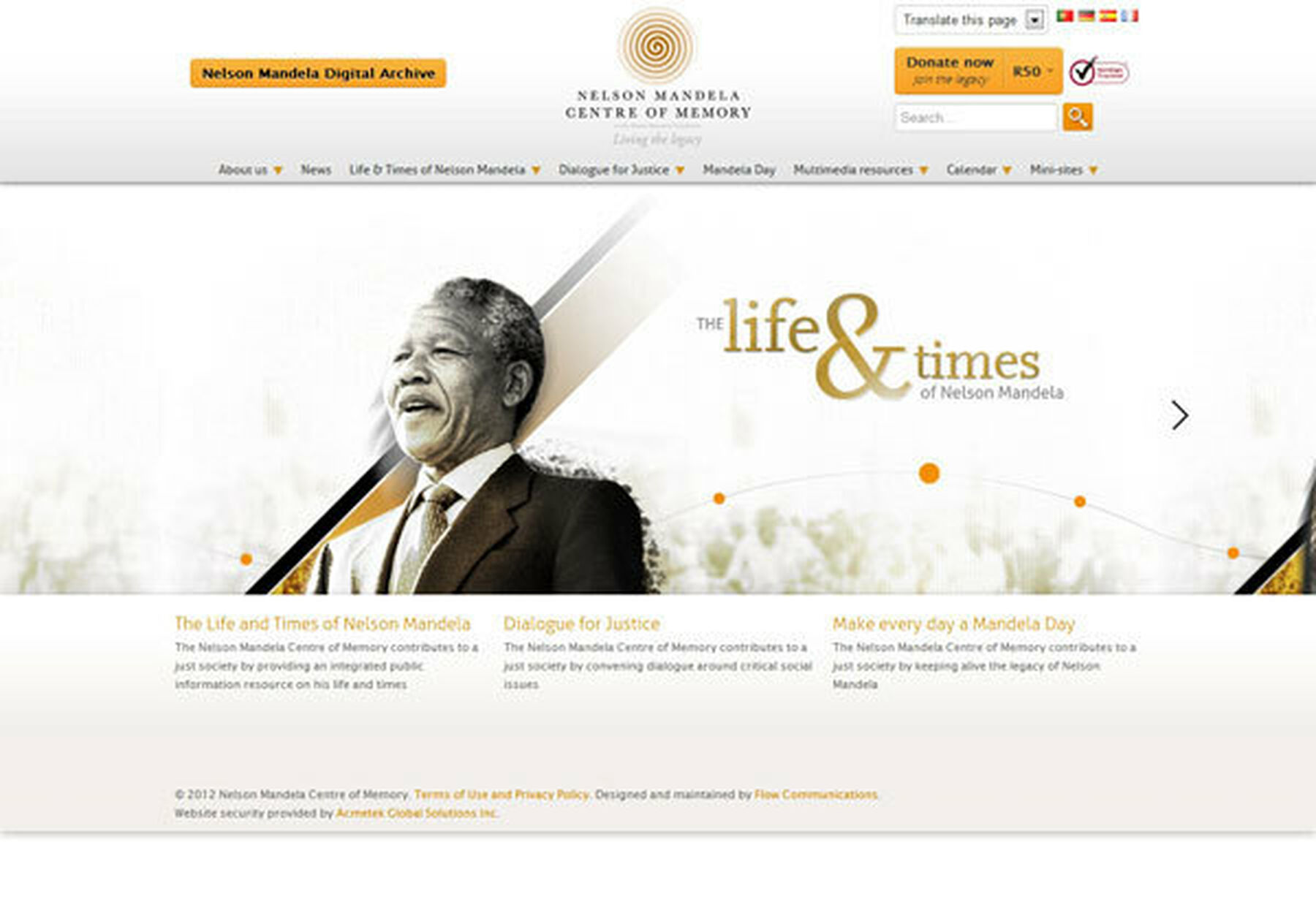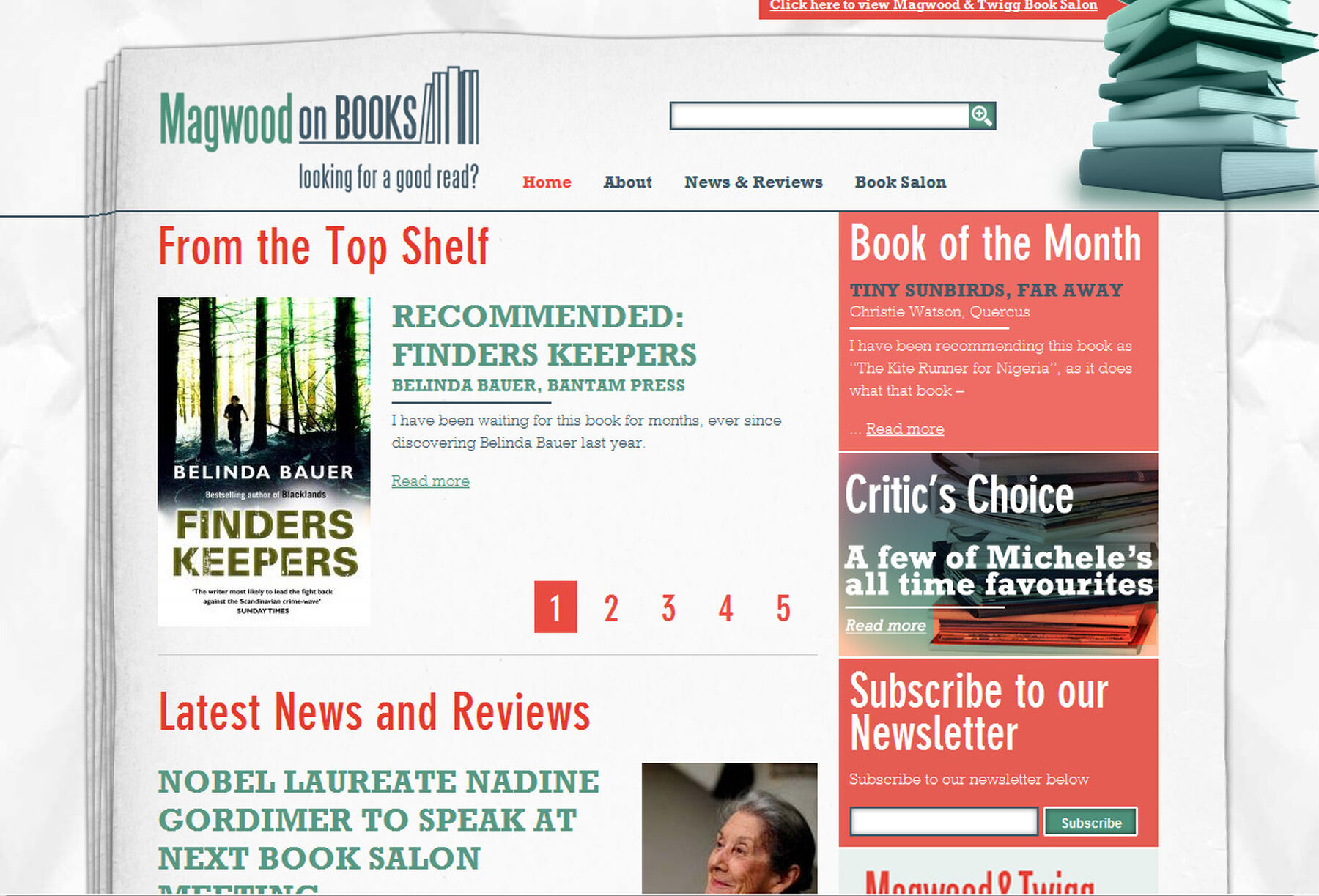What makes good design? No really, what makes good design? As a writer I tend to lose myself in words and sentences and paragraphs, and I think about commas and if words such as “whereby” could be annihilated from the English language. So I crawled out of my writing hole recently and spoke to the “creatives” about what makes good design.

Since we have our own Picasso at Flow, the first place I went to for research about good design was strategist, project manager and artist Kevin Collins’ office. For Kevin, good design must be simple and elegant.
“It’s always great when designers have a sense of humour because that reflects in their work,” says Kevin. He explains that, because people have to get through so much information on a daily basis, good design needs to help them engage faster and unpack excessively difficult information more easily.
“Have a look at the Nelson Mandela Centre of Memory website, that’s a clean and classy design.”
From the multimedia designer
George Xafis, designer at Flow Communications, says great design is a process.
“First you need a concept. Once you have a concept the magic can start happening.”
All ideas need to go through a team brainstorming session, which helps designers problem-solve and, depending on the platform you are designing for, programmers and anyone working with the design need to get involved.

“Research is a very important part of design,” says George. “It allows me to question myself and question why I’m attracted to one idea instead of another. I think it’s very important that, as a designer, you learn to play with ideas you love and ideas you’re not so keen on.
“For good design to happen you have to appreciate that inspiration comes from everywhere and anywhere. Take all the constructive criticism you can get and surround yourself with brilliant creative people.”
I asked George about trends in graphic design. “Everything is linked,” he says. “What happens in fashion inspires photography, which inspires graphic design and so on. The trend right now is big, bold block-type text and bright colours inspired by the 80s. Nothing is truly original anymore; we just remix things to fit our time.
“Headlines are important because they are functional. People want to scan and skip what they don’t like and concentrate on what they enjoy. Basically, good design speaks – not only visually but to the emotions, too.”
From the exhibit designer
Okay, so what about designing spaces? “The three biggest aspects of designing an exhibition space are clarity, legibility and relevance,” says CEO of Flow Exhibitions, Janet Berger.

“People moving through a museum only have about two to three hours max to digest all the information, which isn’t much time. We therefore have to make sure that content is not only relevant but very clear.
“We do this by using hierarchy and dividing content into bite-sized pieces. In a museum you’ll have information categorised so headings, sub-headings and levels of information are clearly marked in that way,” adds Janet.
This enables visitors to take in the most important information first and quickly. Headings allow for the most significant information to be emphasised and cater for various levels of understanding. “We are delivering on the expectation of the user. They want to know what the most important information is and are given the choice to delve deeper if the information interests them.”
I asked Janet what design trends she’s seeing in exhibitions. “The biggest is more interactivity and less text-based exhibits. More and more, museums are using a combination of media, and the Science Museum in London is a great example.
“More museums are including visitors in the exhibition through interactivity. For example, at the Ditsong Bird Hall we want visitors to feel how incredibly light a bone of a bird is, instead of them looking and reading text on a board,” concludes Janet.
